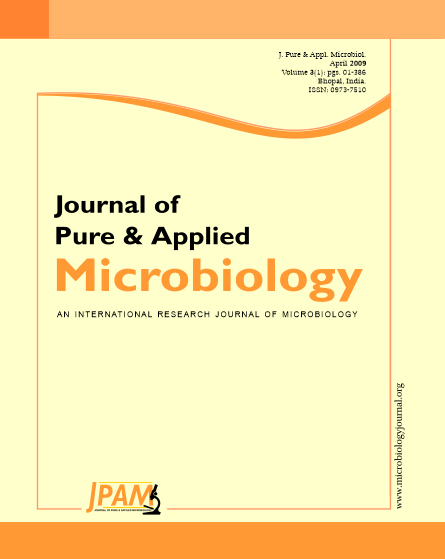Antimicrobial activities of 16 plant extracts were assessed by well diffusion method against pathogenic E.coli along with phytochemcial investigation. The collected and prepared methanolic plant extracts were tested for chemical constituents such as alkaloids, saponins, flavinoids, protein, carbohydrates, triterpenoids, tannin and glycosides and tested against E.coli at 12.5, 6.25, 3.12, 1.56 and 0.39 mg/disc concentrations, which revealed 4 plants viz. Terminalia catappa leaves (Badam), Syzygium cumini bark (Jamun), Eucalyptus hybrida leaves (Safeda) and Holarrhena antidysentrica bark (Khurchi) showed maximum zone of inhibition 20 mm, 12 mm, 10 mm, 14 mm respectively at 12.5 mg/disc concentration, 18 mm, 8 mm, 8 mm 9 mm respectively at 6.25 mg/disc concentration, while 14 mm, 6 mm, 6 mm, 7 mm respectively at 3.12 mg/disc concentration. Maximum zone of inhibition in these plants is due to the presence of active constituents like flavinoid or triterpenoids. On other hand 12 plants did not show zone of inhibition hence considered inert plants.
E.coli, Well diffusion, Active constituents, Zone of inhibition
© The Author(s) 2009. Open Access. This article is distributed under the terms of the Creative Commons Attribution 4.0 International License which permits unrestricted use, sharing, distribution, and reproduction in any medium, provided you give appropriate credit to the original author(s) and the source, provide a link to the Creative Commons license, and indicate if changes were made.


